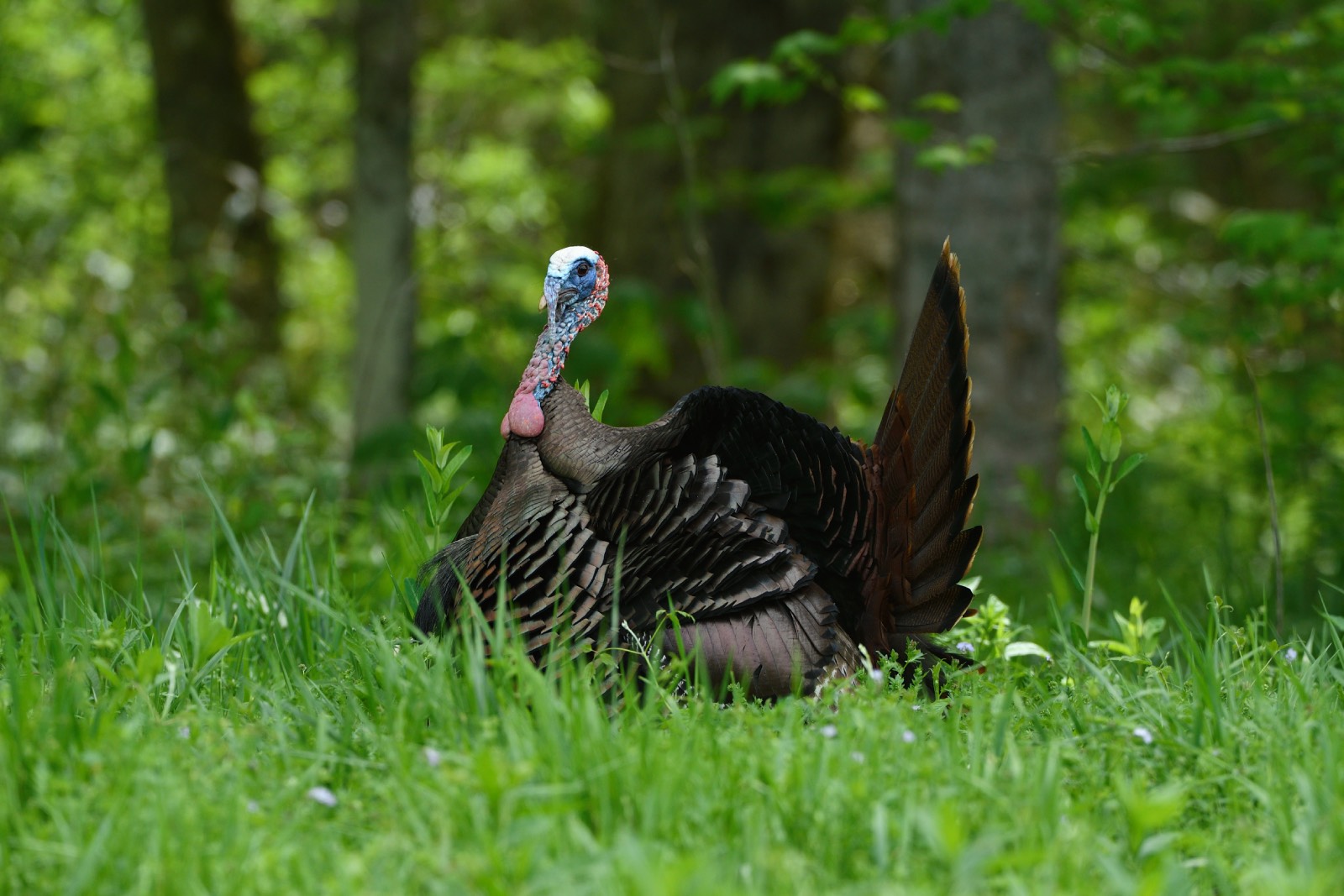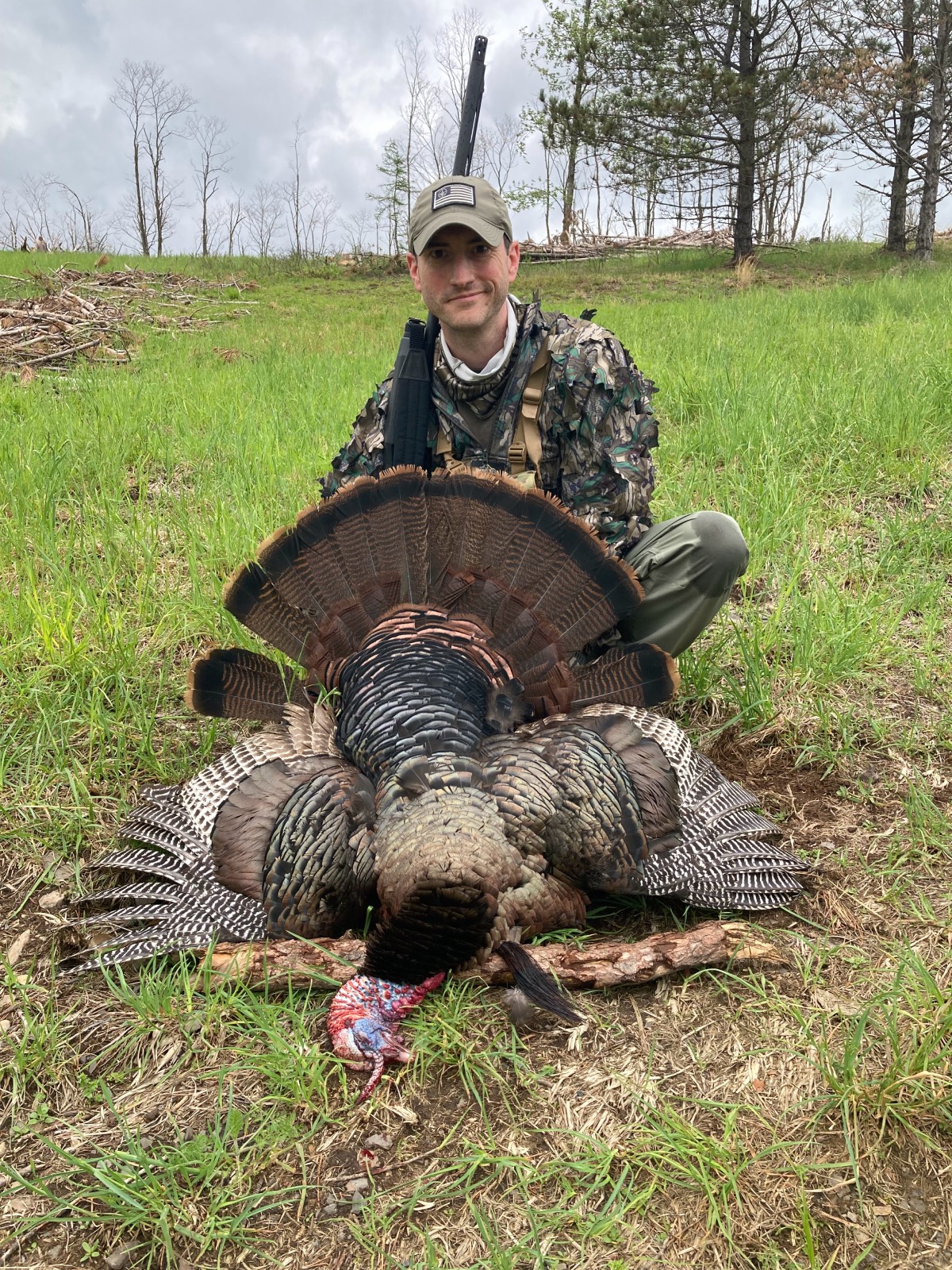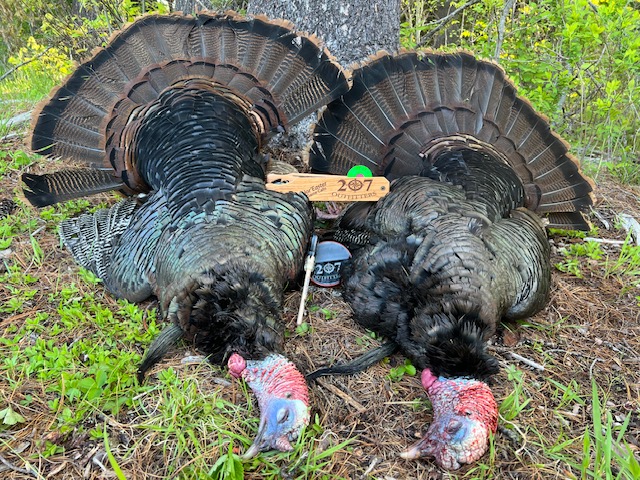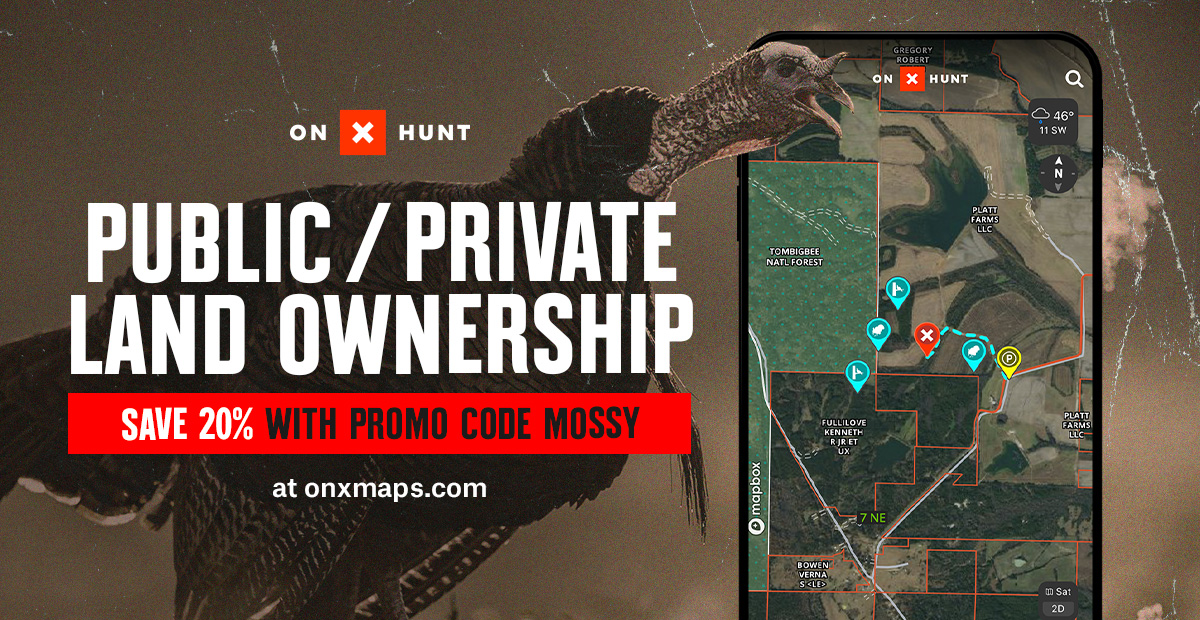
Brandon Rapp
When imagining chasing gobblers you’re likely to think of the old-growth forests and farm fields of Mississippi, South Carolina, Virginia, and even Pennsylvania. Traveling farther north though on the interstates of 95, 91, and 93 will take you deep into the Eastern wild turkey’s wild country of New England. Where every year hunters go to the woods for more than maple trees to get a sweet taste of success.
The six states of New England boast almost half a dozen mountain ranges, 6,100 miles of coastline, and some of the least populated states in the country. With that said the turkey hunting landscape of New England is similar to many other places in the Eastern United States, so many tried and true tactics will remain relevant. Scouting for birds, looking for sign, using decoys, locator calls, and roosting birds are all still in play here.
So, what should you know to be successful hunting turkeys in New England?
New England Turkey Access

Accessing areas to hunt is always the first step for turkey hunters. One of the most signature differences in hunting in most New England states is that accessing private land is open unless otherwise posted, which melts the map’s public and private land boundaries for hunters.
Most New England states enjoy a common law that allows hunters default permission to hunt private unposted land which comes with an honorary agreement that the hunters will respect the landowner by abiding by hunting regulations and leaving the property at least how they found it.
Wandering on private land without permission can give most out-of-state hunters cause for concern if not full-bore anxiety as trying that in most states is a great way to meet local law enforcement and/or a less-than-happy landowner.
The benefit of this automatic access greatly increases hunter’s chances and opportunities at a gobbling tom just over the border of public land and on private.
Combine that private land access with hundreds of thousands of acres of national and state lands, and your turkey hunting pursuit just got a little more exciting.
It is still recommended to try and acquire permission from the landowner and in Connecticut, written permission is required by law.
New England Turkey Populations

Since the re-introduction of the wild turkey to New England states in the 1960s, the bird has taken well to the landscape and has the population numbers to prove it. In 2023 hunters took 6,972 wild turkeys in Vermont alone which is impressive since there are only just under 650,000 people in the entire Green Mountain State.
Human population in these states is low compared to other states in the northeast with most of the people living in the east along the coast. That gives hunters a lot of opportunity to leave the crowds behind and chase these birds in areas with fewer human inhabitants, especially other turkey hunters. Not a lot of hunters and plenty of turkeys is a math problem most of us can enjoy the answer to.
Look to the Green Mountain National Forest in Vermont, the White Mountain National Forest in New Hampshire, Maine’s Central and Western regions, and the Connecticut River Valley which runs from northern New Hampshire to southern Connecticut.
Close Proximity of States
If you don’t get a bird in one state, try another. For those hunters who can get the vacation time, think about taking a turkey hunting tour that can get you a unique regional turkey slam. Since the states of New England are all within a few hours’ drive of each other, you can hunt turkeys in each state in a matter of a week all while driving through some of the prettiest country this corner of the US has to offer. There is also plenty for the rest of the family to do while you’re gone before daybreak from beaches to mountain towns if you would like to make a family trip out of it.
Weather
Farm fields, timber cuts, and forests of New England will all be great places to target turkeys. The final consideration when hunting spring gobblers across New England is the weather and insects. Master Maine guide Tim Black of 207 Outfitters notes “Weather during the spring turkey season can vary from snow and rain to 80-degree days.” Black also warns “The black flies this time of year are typically bad and can drive you crazy.”
So, layer accordingly, pack your Thermacell and some extra shells as most New England states will allow hunters to take more than one turkey in a season.





























